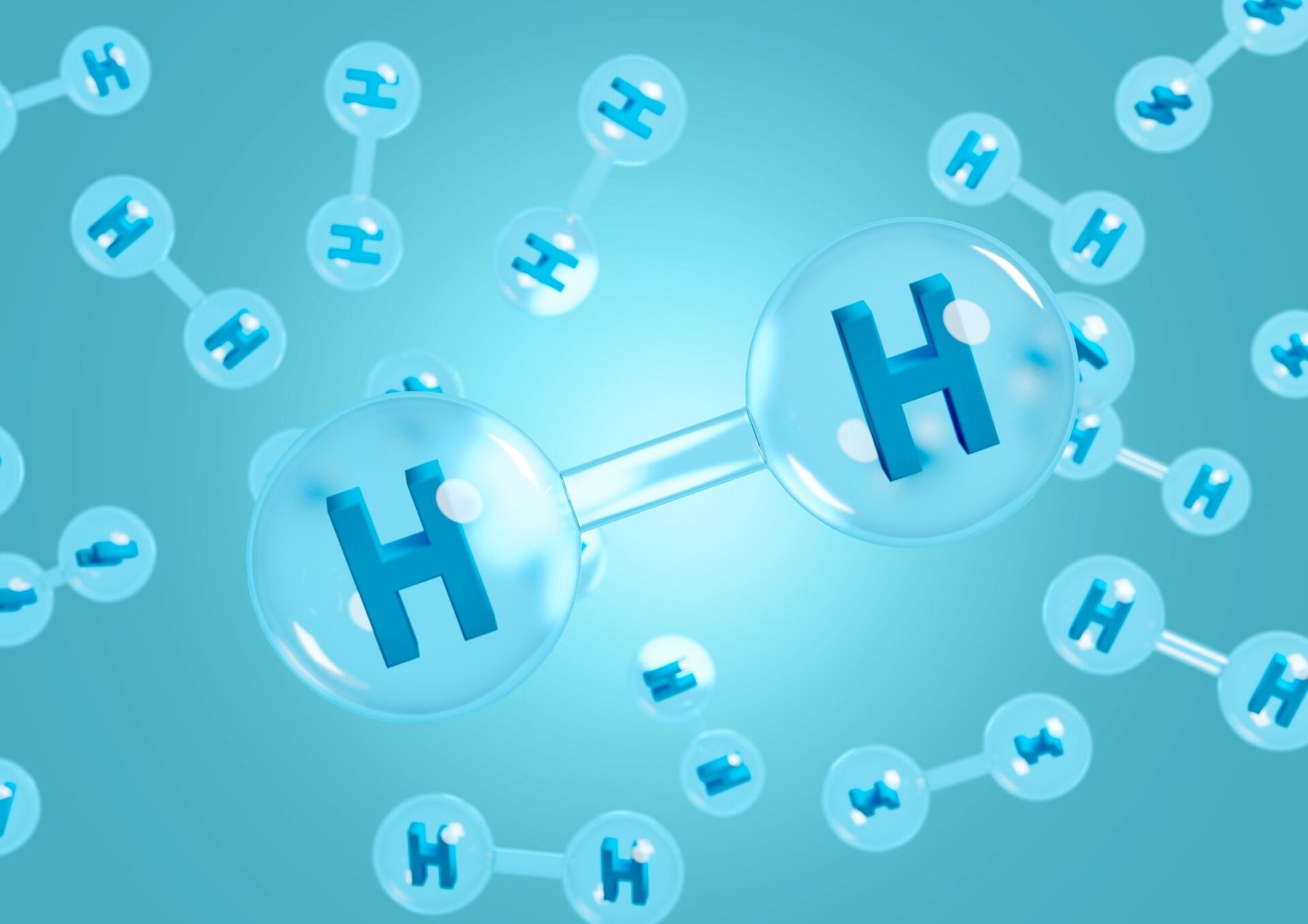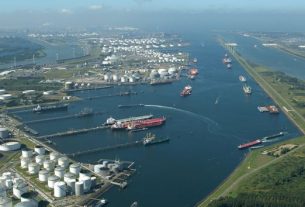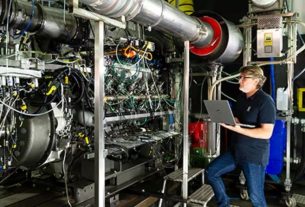Denmark – The European Hydrogen Backbone, a pan-European vision for hydrogen infrastructure, has been published in its third edition.
Since the last edition, the vision for a Danish-German hydrogen connection has been pushed back from 2035 to 2030, and preparations are now underway. This is due, in part, to a bold political PtX agreement that envisions Denmark as a net exporter of renewable energy, including green hydrogen.
Since the study’s initial publication two years ago, the European Hydrogen Backbone (EHB) has grown to 31 TSOs, and the vision of a European hydrogen network now spans over 52,000 kilometers of hydrogen infrastructure across 28 European countries. It is also expected that by 2040, up to 60% of the infrastructure will be made up of converted natural gas pipelines.
With the new Danish political agreement on PtX, national initiatives that will cover the need for a Danish hydrogen infrastructure linked to a European hydrogen network are being advanced.
Danish potential
The possibilities of utilizing Denmark’s renewable energy potentials and positioning Denmark as a European green power plant were also central to the PtX agreement, which aims for Denmark to be a net exporter of green energy by 2030.
Energinet has already prepared a technical feasibility study for the transport of hydrogen via a pipeline from Esbjerg or Holstebro in Denmark to Hamburg in Germany in collaboration with the German GAS-TSO Gasunie Deutschland. The study revealed the possibility of connecting a Danish and German hydrogen network, which could help Denmark become a green hydrogen exporter. In particular, Energinet will step up its collaboration with Gasunie Deutschland in 2022.




